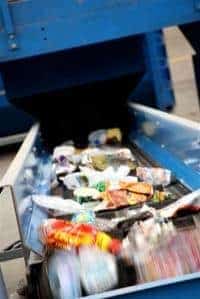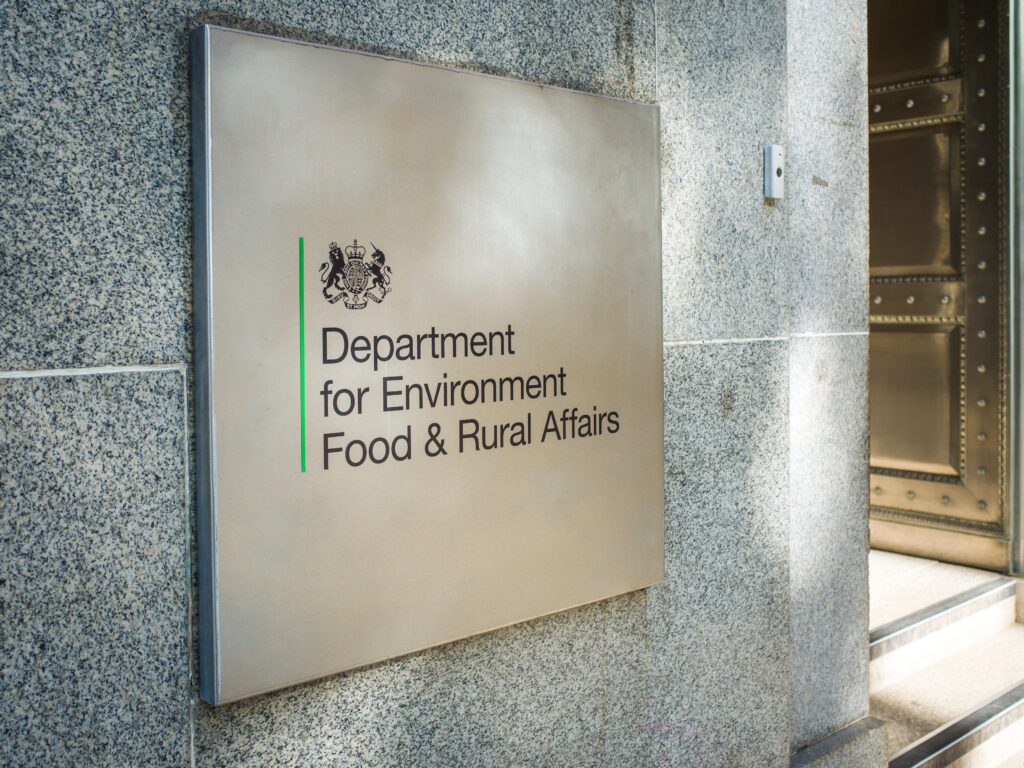The ‘MRF Quality Assessment' study, carried out by Enviros Consulting, outlined a benchmark for contamination levels in MRF material and set out to gauge acceptable levels across a wide range of recyclates.
In the second study, entitled ‘MRF Outputs Quality Threshold Report', Bristol-based consultancy Resource Futures found that material quality standards are heavily dictated by reprocessors and, despite some written guidelines, there is no standard test for MRF output quality.
Both studies were commissioned in order to help give a more robust outline of the quality of input and output materials, as well as specifications in place, at MRFs across the UK.
Quality
In the Resource Futures report, author Billy Harris called for a standard approach to assessing output material quality thresholds in a bid to help increase operator and reprocessor confidence in the material outputs.
This was after the research uncovered a disparity between what MRF operator specifications and reprocessor specifications for materials.
In a bid to bring some uniformity, Mr Harris claimed that WRAP would now investigate the possibility of creating a publicly available specification (PAS) for weight-based sampling and testing of material. He added that a PAS would “provide an incentive to improve product quality”.
He said that, in most cases, MRF operators had been issued with a written specification by reprocessors but anecdotal evidence pointed to the fact that reprocessors would “move the goal posts” on quality in relation to demand. This meant that there was seemingly a lower quality of material accepted when demand for that material was higher, but this would be replaced by stricter quality controls when demand was low.
This was a desk-based study, using questionnaires for both reprocessors and MRF operators, which also included some site visits undertaken by Resource Futures.
Contamination
In the Quality Assessment study, meanwhile, the lowest contaminated material across the 18 MRFs was found to be aluminium, with plastic film, mixed plastics and mixed paper among those with the highest levels of contamination.
The study also found that the input contamination across all MRFs in the study tended to be between an average of 6% and 23%, while individual contamination across recyclates as a whole “varied significantly”.
|
Target Material |
Number of MRFs |
Minimum % |
Maximum % |
Mean % |
Standard Deviation |
|
Aluminium |
18 |
0.0 |
8.1 |
2.5 |
2.3 |
|
Card |
12 |
1.9 |
57.4 |
12.0 |
14.8 |
|
Glass |
1 |
1.5 |
1.5 |
1.5 |
– |
|
HDPE Coloured |
1 |
3.3 |
12.2 |
8.7 |
4.7 |
|
HDPE Natural |
3 |
0.8 |
14.6 |
4.5 |
5.1 |
|
Input |
18 |
5.7 |
22.7 |
12.9 |
6.0 |
|
Mixed Paper |
9 |
2.1 |
36.7 |
15.8 |
12.1 |
|
Mixed Plastic Bottles |
9 |
0.5 |
23.0 |
12.2 |
7.9 |
|
Mixed Plastic |
8 |
0.6 |
43.5 |
18.2 |
15.1 |
|
News and PAMs |
12 |
1.9 |
22.0 |
9.8 |
6.4 |
|
PET Clear |
4 |
0.5 |
20.1 |
7.5 |
8.7 |
|
PET Coloured |
2 |
3.0 |
13.2 |
8.1 |
7.2 |
|
Plastic Film |
1 |
39.5 |
39.5 |
39.5 |
– |
|
Residual |
18 |
9.1 |
100.0 |
54.8 |
31.1 |
|
Steel |
18 |
0.4 |
23.8 |
6.2 |
5.6 |
| Source: WRAP |
The term ‘residual' refers to material not targeted by the MRF operator or reprocessors and usually entering the residual waste stream. However, the report claimed that some MRFs did indicate that the sheer volume of some of this material – such as mixed plastics – made it a saleable product.
The research project, undertaken by Enviros, assessed 18 MRFs, including 17 in England, Wales and Northern Ireland and also used the results of a Scottish study performed previously by Resource Futures looking at one MRF. A total of 4,676 samples of material were taken.
MRFs
One factor that was outlined in the study was the difference in performance between single-stream, completely commingled, MRFs and twin-stream MRFs – which tend to separate fibres and containers.
Comparing the two models in the study, with 13 single-stream MRFs opposed to five twin-stream operations, the research found the level of contamination in twin stream processes was “marginally lower” than it was in single stream facilities.
Enviros claimed that this could have been caused by householders “being more diligent” about contamination as they were already having to perform some separation of materials. However, it did add that this could also be due to twin-streams tending to cover a narrower range of materials.
Contamination levels were found to “vary significantly” from facility to facility and, the study claimed, that even if a facility provided a highly contaminated sample it did not mean all materials at the MRF were as contaminated.












Subscribe for free